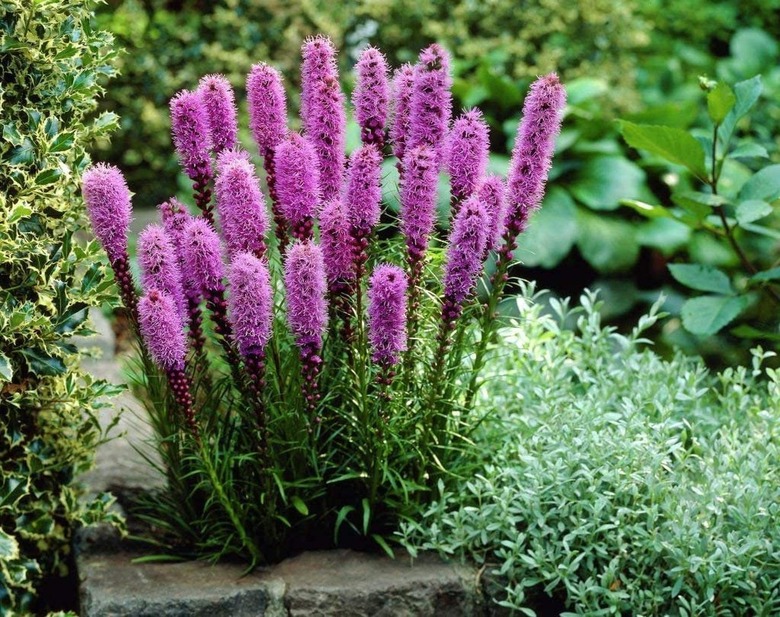Do You Deadhead Blazing Star Plants?
We may receive a commission on purchases made from links.
Blazing star plants (Liatris sp.) are true stars in the pollinator garden. There are more than 70 species of Liatris native to the United States. In the wild, blazing star grows in sunny marshes and meadows. In your garden, these tough, easy-to-grow perennials can handle almost any soil in USDA zones 3 to 8.
Blazing star sends up 3-foot flower spikes from a grassy clump of leaves in midsummer, serving as a beacon that attracts bees, butterflies, and hummingbirds. The purple, pink, or white flowers have a feathery appearance that gives the plant its other common name: gayfeather. Because blazing star plants bloom for weeks, deadheading is not required. However, you can prune the plants once seasonal flowering has faded to encourage a second bloom.
Deadheading Blazing Star in Summer
Deadheading Blazing Star in Summer
Blazing star's feather flowers open gradually from top to bottom over a period of several weeks. The petals at the top of the spike will fade and begin to brown as blooming progresses. Pruning the plant before all flowers have opened will lengthen the blooming season by preventing the plant from going to seed.
To encourage a second bloom, remove the spikes after 70 percent of the flowers have opened. Use a pair of pruning shears and cut the spikes all the way down to the basal foliage (the clump of grassy leaves at the bottom of the plant). Your plant may reward you by sending up new wands of flowers that bloom well into the fall.
Cutting Back Blazing Star in Fall
Cutting Back Blazing Star in Fall
If you like to maintain a tidy appearance in the garden, you can prune blazing star after the first or second bloom of flowers has finished. Cut each spike down to the basal foliage. Wait until the flower spikes are completely brown and dry if you would like to save the seeds, which are easily propagated by sowing in the garden in fall or early winter.
Pruning Blazing Star in Spring
Pruning Blazing Star in Spring
You can choose to leave the bristly spikes on blazing star plants to feed goldfinches and other songbirds throughout the winter. Some gardeners also appreciate the stems for their interesting appearance in the cold months. The foliage of blazing star will brown as well, leaving tufts that look much like an ornamental grass. When new shoots begin to appear in spring, go ahead and cut back last year's spikes, allowing the green growth to emerge and become the new star in the garden.
